Bringing a small pet into your home is an exciting decision, but choosing between gerbils and hamsters can be surprisingly complex. Both of these pocket-sized companions offer unique personalities, care requirements, and interactions that might align differently with your lifestyle. Whether you’re a busy professional, a family with children, or someone looking for a first-time pet experience, understanding the distinct needs and characteristics of these animals is essential before making your choice. This comprehensive guide will help you navigate the similarities and differences between gerbils and hamsters, allowing you to make an informed decision that benefits both you and your future furry friend.
Understanding Gerbils: The Social Burrowers
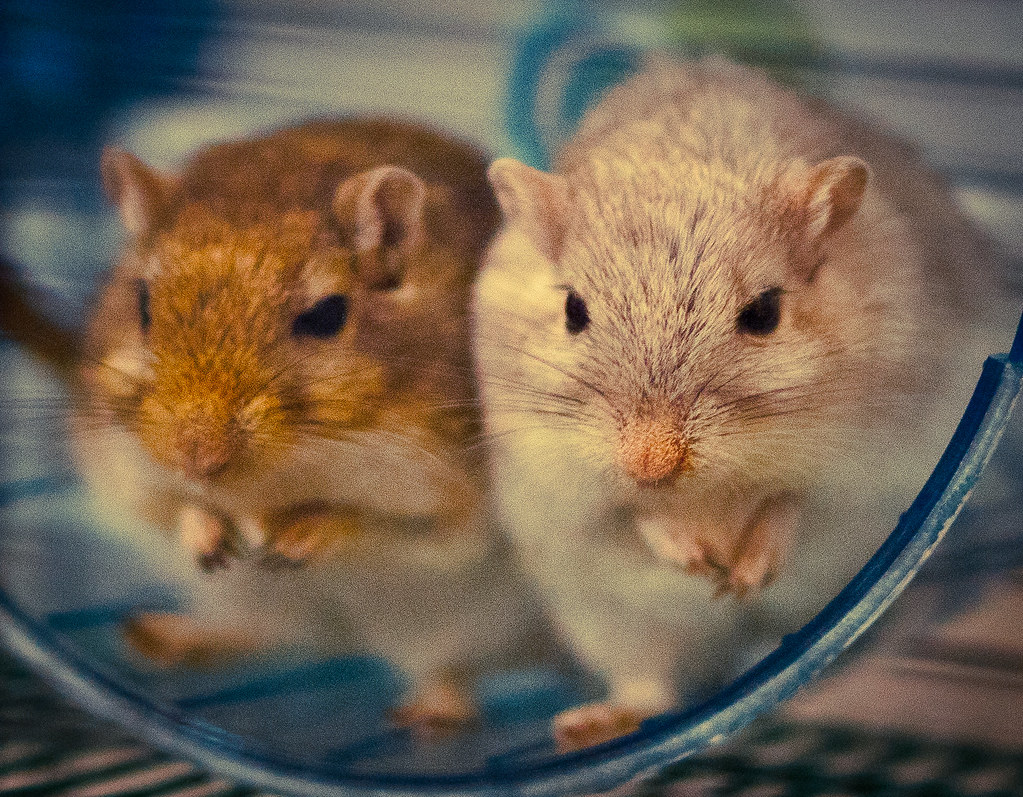
Gerbils are naturally social creatures originating from arid regions of Africa, Asia, and the Middle East. Unlike many small pets, they thrive in pairs or small groups of the same sex, preferably siblings who have grown up together. Their highly social nature means they actively seek companionship and can become depressed when kept alone. Gerbils are known for their extensive burrowing behavior, creating intricate tunnel systems in their natural habitat. This translates to their captive environment, where they need deep bedding (at least 6-8 inches) to satisfy their natural digging instincts. Their active, curious disposition makes them fascinating to observe as they construct and maintain their underground networks.
Hamster Basics: The Solitary Wanderers
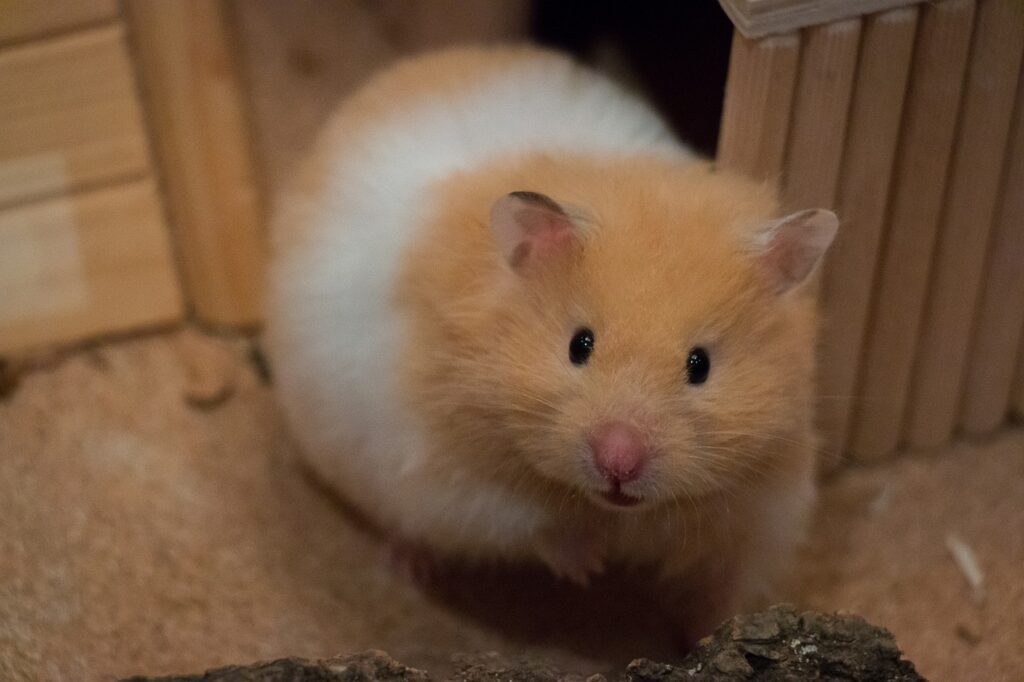
Hamsters, particularly Syrian hamsters (also known as golden or teddy bear hamsters), are inherently solitary animals that prefer to live alone once they reach maturity. Attempting to house adult hamsters together typically results in stress, fighting, and potential injury. This solitary nature stems from their wild habitats, where they maintain individual territories and only come together for breeding purposes. Most hamster species are crepuscular or nocturnal, meaning they’re most active during dawn, dusk, or nighttime hours. Their natural schedule includes foraging, exploring, and exercising primarily when humans are winding down or sleeping. This activity pattern is hardwired and difficult to change, making them less interactive during typical daytime hours.
Size and Lifespan Considerations
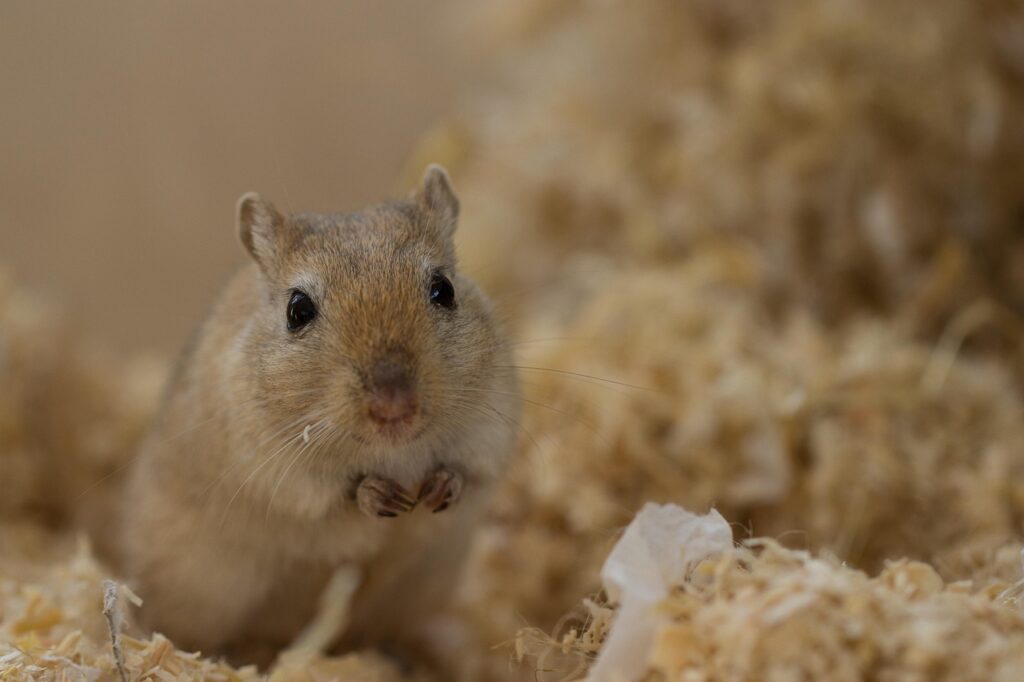
When planning for a pet, understanding their physical characteristics and expected lifespan helps set appropriate expectations. Gerbils are generally sleeker and slightly larger than most dwarf hamster species, with adult Mongolian gerbils (the most common pet variety) reaching about 4-5 inches in body length plus a tail of similar length. Their typical lifespan ranges from 3-5 years when properly cared for, making them a medium-term commitment. Hamsters vary more dramatically in size, with Syrian hamsters growing to 5-7 inches without much of a tail, while dwarf varieties like Roborovski hamsters might only reach 2 inches. Most hamster species have shorter lifespans than gerbils, averaging 2-3 years, though some may live longer with exceptional care and genetics.
Housing Requirements: Space and Setup
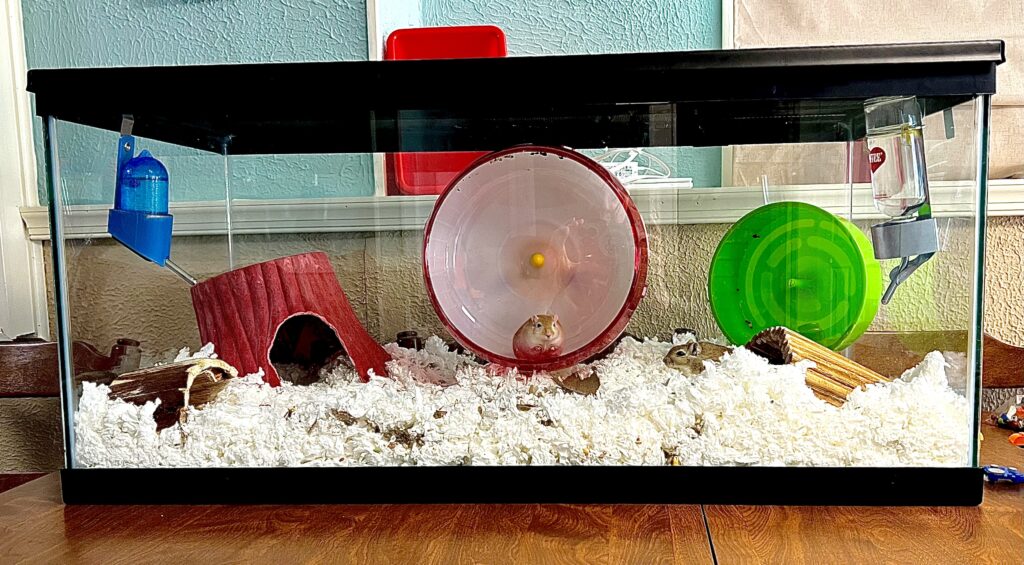
Proper housing is essential for the health and happiness of both gerbils and hamsters, though their needs differ significantly. Gerbils require a tank-style enclosure (often a converted aquarium) with secure mesh lids, as their powerful hind legs enable impressive jumping abilities. The minimum recommended size is 10 gallons for a pair, but larger is always better – a 20-gallon tank provides adequate room for natural behaviors. The tank should contain at least 8 inches of paper-based bedding to allow for their extensive tunnel-building.
Hamsters, while smaller, still need substantial space – at minimum a 450 square inch continuous floor space for Syrian hamsters and 450 square inches for dwarf species, with wire cages or tanks both being suitable options. Their enclosures should include solid-surface running wheels (sized appropriately for the species), hiding spots, and enrichment items to prevent boredom and stereotypic behaviors.
Daily Activity Patterns and Your Schedule
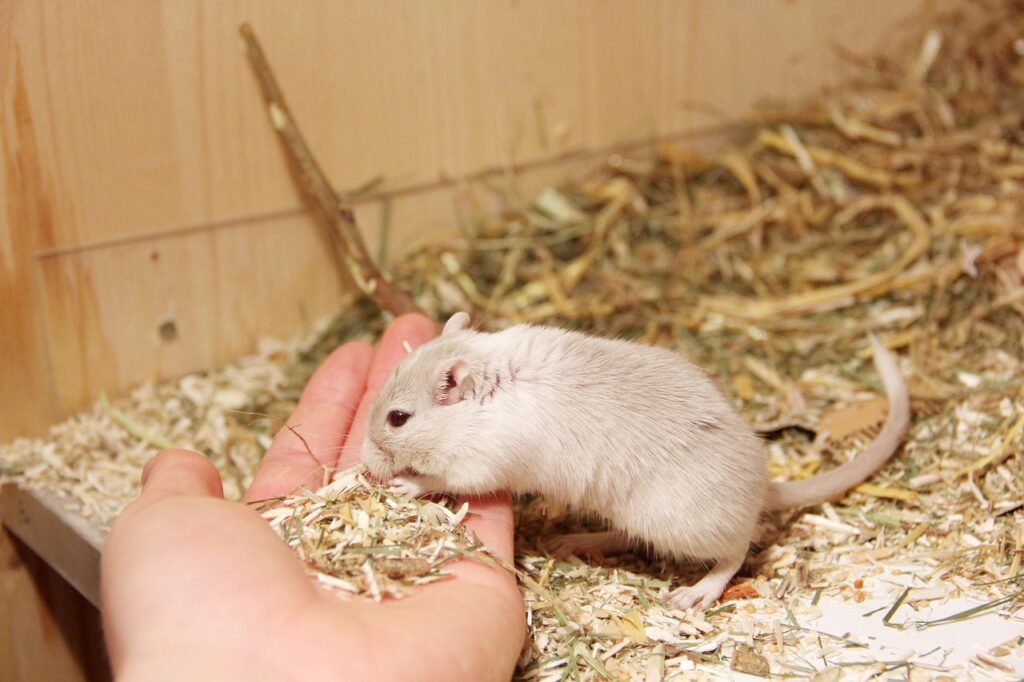
Perhaps one of the most important considerations when choosing between these pets is how their natural activity patterns align with your daily routine. Gerbils are primarily diurnal with crepuscular tendencies, meaning they’re active intermittently throughout the day and evening, with peak activity occurring during dawn and dusk. This schedule makes them more visible and interactive during human waking hours, potentially offering more opportunity for engagement.
Hamsters, particularly Syrian and Chinese hamsters, are strongly nocturnal, becoming most active after sunset and throughout the night. Their daytime hours are typically spent sleeping deeply in their nests, making them less responsive to interaction during daylight hours. This mismatch with human schedules can lead to frustration if you’re expecting an interactive pet during the morning or afternoon.
Handling and Socialization Differences

The temperament and handling requirements of gerbils and hamsters can significantly impact your relationship with your pet. Gerbils are generally considered more docile and less prone to nipping than hamsters, making them slightly more forgiving for beginners or younger handlers. When properly socialized from a young age, they become comfortable with gentle handling and may even seek out interaction with their human caregivers.
Hamsters, particularly Syrian hamsters, can be more territorial and require patient, consistent handling to build trust. Their short-term memory means regular interaction is necessary to maintain tameness. Both animals should be approached with clean hands that don’t smell of food, and both benefit from being scooped from below rather than grabbed from above (which triggers predator defense responses).
Noise Levels and Apartment Living
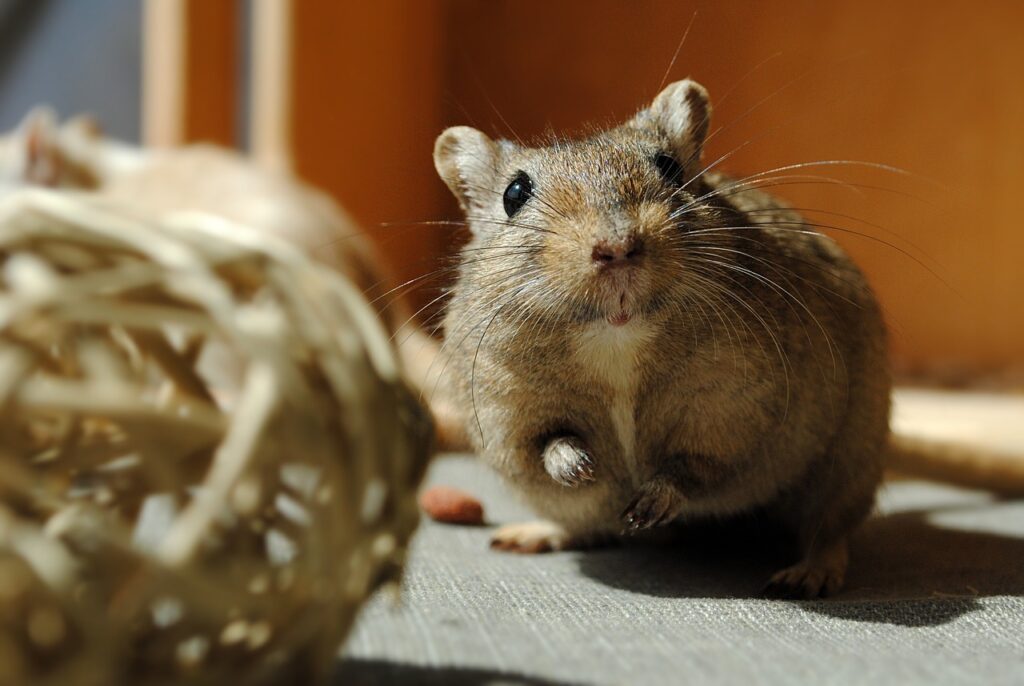
For those living in apartments or shared housing, noise considerations may influence your choice between these small pets. Gerbils are relatively quiet creatures, with their primary sounds being gentle chattering or soft squeaking during play or communication with cage mates. Their digging and burrowing activities produce minimal noise, especially when provided with paper-based bedding rather than wood shavings. Hamsters, particularly Syrian and Chinese varieties, can be considerably noisier during their active nocturnal periods. They frequently rattle cage bars, vigorously use running wheels, and may gnaw on cage furnishings throughout the night. This nighttime activity can be disruptive if their habitat is placed near sleeping areas, making hamsters potentially problematic for light sleepers or those with noise restrictions.
Cleanliness and Odor Management

Maintaining a clean, odor-free environment is important for both your pet’s health and your home atmosphere. Gerbils are known for being naturally less odorous than many small pets, including hamsters. Their evolutionary adaptation to desert environments means they produce concentrated urine and minimal waste, resulting in less cage odor. They’re also fastidious groomers that designate specific areas of their enclosure for bathroom purposes. Hamsters require more frequent spot cleaning as they tend to create designated bathroom corners that can become saturated and malodorous if not addressed regularly. Both animals benefit from weekly partial bedding changes rather than complete habitat cleaning, which preserves some familiar scent markers that help them feel secure and prevents territorial marking behaviors.
Cost Comparison: Initial and Ongoing Expenses

Budget considerations are practical factors in pet ownership that extend beyond the initial purchase price. The acquisition cost for both gerbils and hamsters is relatively similar, with gerbils often priced between $5-15 each (remember they need companions) and hamsters ranging from $10-20 depending on the variety. The primary cost difference comes in initial setup – gerbils require larger tanks with deep bedding, potentially increasing startup costs to $100-150 for appropriate housing, while hamster setups might range from $75-125. Ongoing expenses include bedding (gerbils use more due to their burrowing), food (similar for both, approximately $5-10 monthly), and veterinary care. Note that exotic pet veterinary care can be expensive, and finding knowledgeable vets for small mammals might be challenging depending on your location.
Child-Friendly Considerations
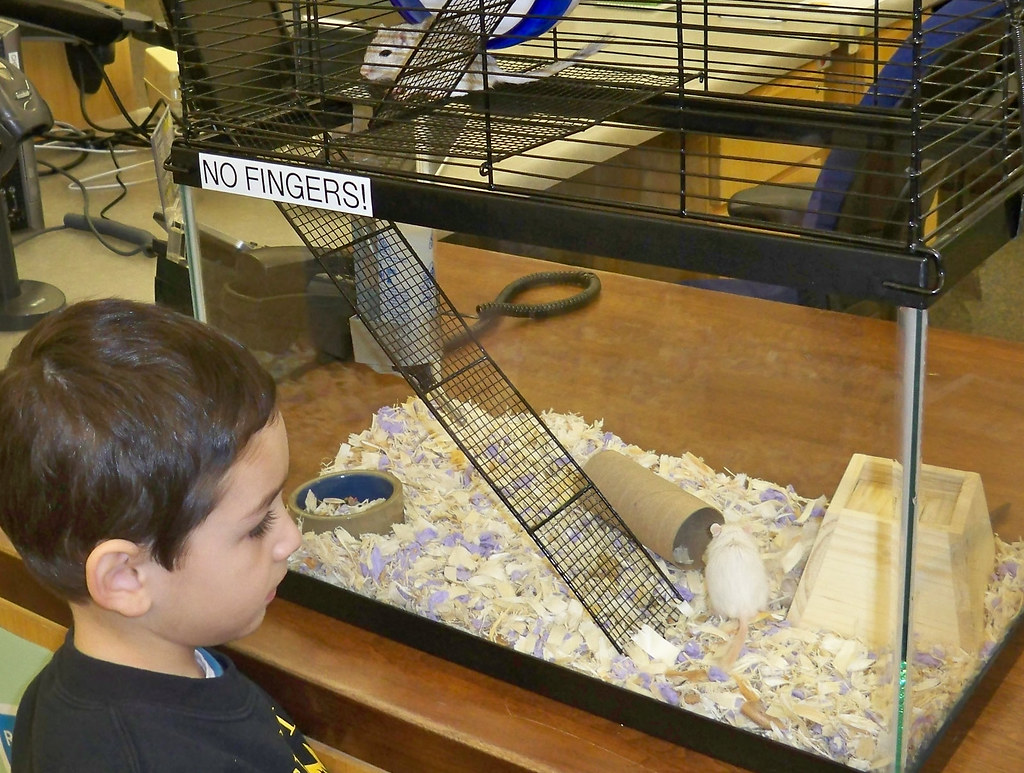
Families with children often consider small pets as introductory animal care experiences, but temperament and handling requirements vary significantly. Gerbils generally make better pets for families with children due to several factors: their diurnal activity pattern means they’re awake when children are home from school, their social nature makes them more receptive to interaction, and their reduced likelihood of biting creates safer handling experiences.
Additionally, keeping gerbils in pairs provides children with the opportunity to observe natural social behaviors and interactions. Hamsters, particularly Syrian hamsters, may be more suitable for older children (10+) who understand the importance of gentle handling and respecting the animal’s sleeping schedule. Regardless of choice, adult supervision is essential during all pet interactions, especially with younger children.
Diet and Feeding Routines
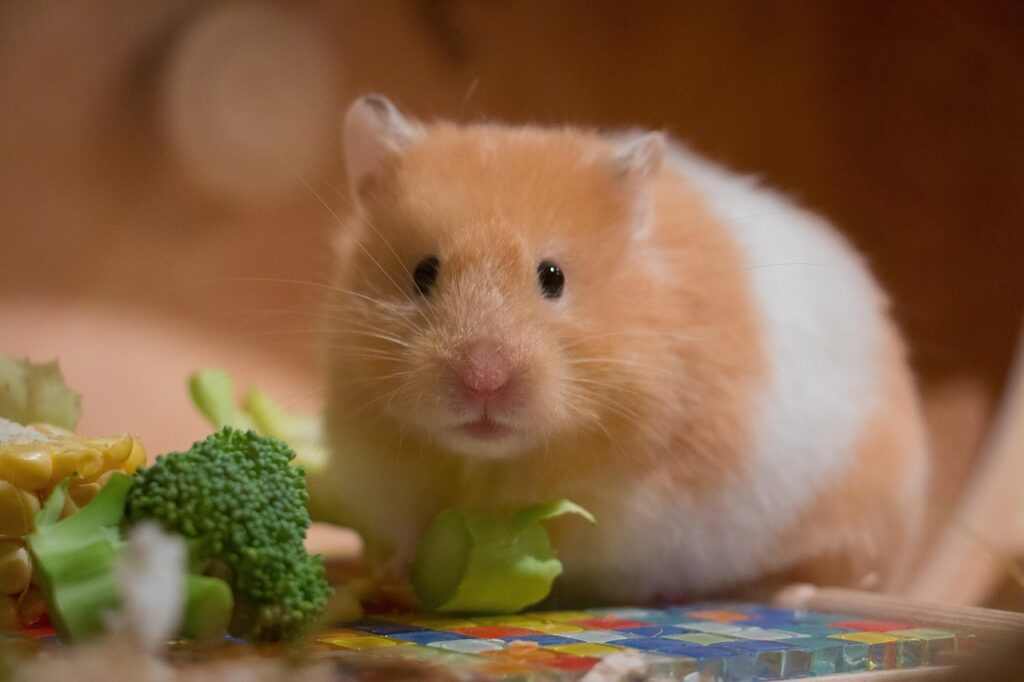
Nutritional needs for both animals share similarities but include important distinctions that affect daily care requirements. Both gerbils and hamsters require a base diet of high-quality commercial food specifically formulated for their species, as their nutritional needs differ slightly. Gerbils have higher protein requirements (around 16%) and benefit from seed mixes supplemented with fresh vegetables and occasional fruits in limited quantities. Their desert origin makes them more sensitive to high-moisture foods, which should be offered in moderation.
Hamsters are natural hoarders that collect and store food in their cheek pouches and nesting areas, often creating hidden caches throughout their enclosure. This behavior means they may appear to consume large quantities of food when actually storing it, leading to potential food waste or spoilage if not monitored. Both animals benefit from consistent feeding schedules and removal of perishable foods after a few hours to prevent bacterial growth.
Exercise Needs and Enrichment
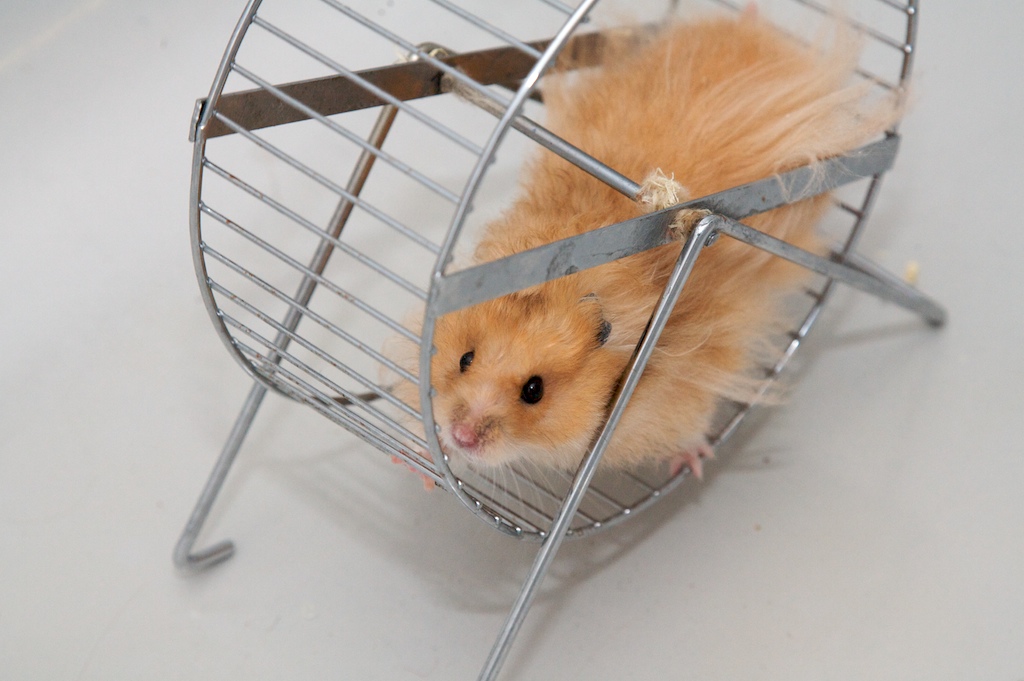
Physical activity and mental stimulation are crucial for preventing obesity and behavioral problems in captive small mammals. Gerbils are exceptionally active and require numerous opportunities for exercise, though they generally don’t use traditional running wheels as frequently as hamsters do. Their exercise typically takes the form of digging, climbing, and exploring complex environments. Providing cardboard tubes, wooden chew toys, multi-level habitats, and rotate-able enrichment items keeps them physically and mentally engaged.
Hamsters, particularly Syrians, are avid wheel runners that may cover several miles nightly on an appropriately sized wheel (at least 8 inches diameter for Syrians, 6.5 inches for dwarfs). They benefit from structured exercise options like wheels and flying saucer-style runners, as well as supervised playtime in secure, hamster-proofed areas outside their cage. Both species enjoy foraging enrichment, where food is hidden or made challenging to obtain, mimicking natural feeding behaviors.
Allergy Considerations

For households with allergy concerns, understanding the potential triggers associated with small pet ownership is important before making a commitment. Both gerbils and hamsters produce allergens, primarily in their urine, saliva, and glandular secretions, though many people find gerbils slightly less allergenic due to their desert adaptations and lower urine output. The bedding materials used in their habitats can also trigger allergic reactions, with wood shavings (especially cedar and pine) potentially causing respiratory irritation in both humans and the animals themselves.
Paper-based beddings are generally recommended as hypoallergenic alternatives. If allergies are a concern, spending time with the species before adoption is advisable, as individual reactions vary. Maintaining good habitat hygiene, using air purifiers, keeping the enclosure in well-ventilated areas, and washing hands after handling can all help minimize allergy symptoms.
Making Your Final Decision
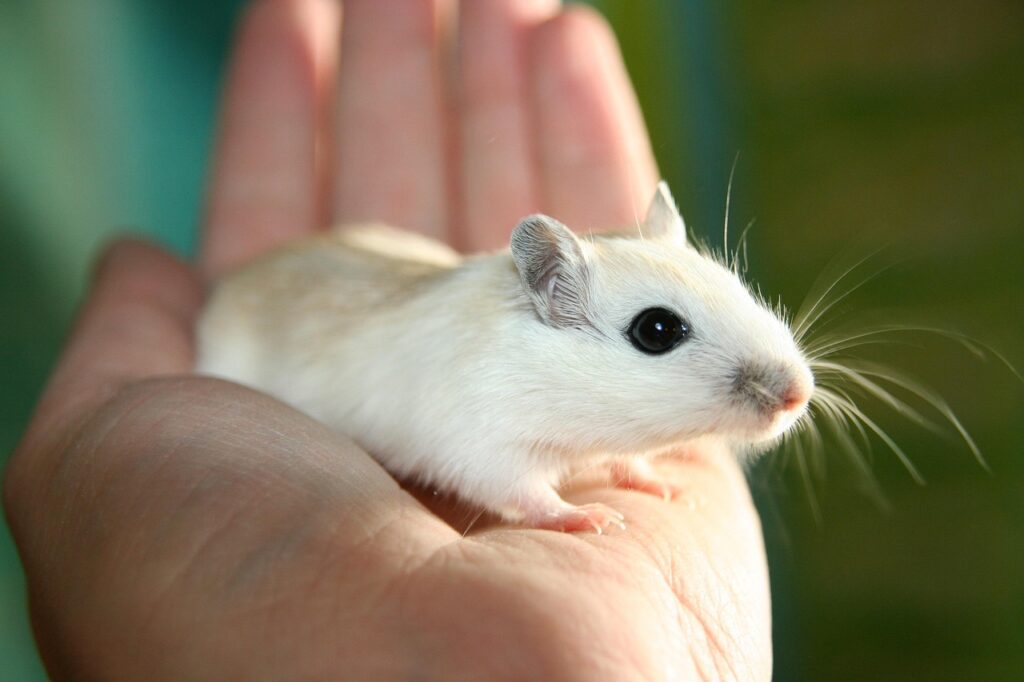
Choosing between gerbils and hamsters ultimately comes down to aligning their natural characteristics with your lifestyle and expectations. Gerbils may be preferable for those seeking daytime interaction, enjoying watching social dynamics between animals, and having space for a larger habitat with deep bedding. Their longer lifespan also creates opportunity for extended companionship. Hamsters might better suit those who don’t mind nighttime activity, prefer a single pet with no concerns about reproduction or fighting, or have limited space for a habitat.
Consider your daily schedule, noise tolerance, handling preferences, and the involvement of children in care routines. Remember that both animals deserve species-appropriate care regardless of which you choose, and neither should be considered “starter pets” that require minimal commitment. The right choice creates a mutually beneficial relationship where both you and your small pet can thrive.
Whether you ultimately welcome the social, burrowing gerbils or the independent, nocturnal hamsters into your home, proper research and preparation ensure you’re ready to provide appropriate care for their natural behaviors and needs. Both animals offer unique companionship and the opportunity to observe fascinating natural behaviors up close. By matching their specific requirements to your lifestyle, schedule, and expectations, you’ll create an enriching environment that benefits both you and your new small pet companion for years to come.

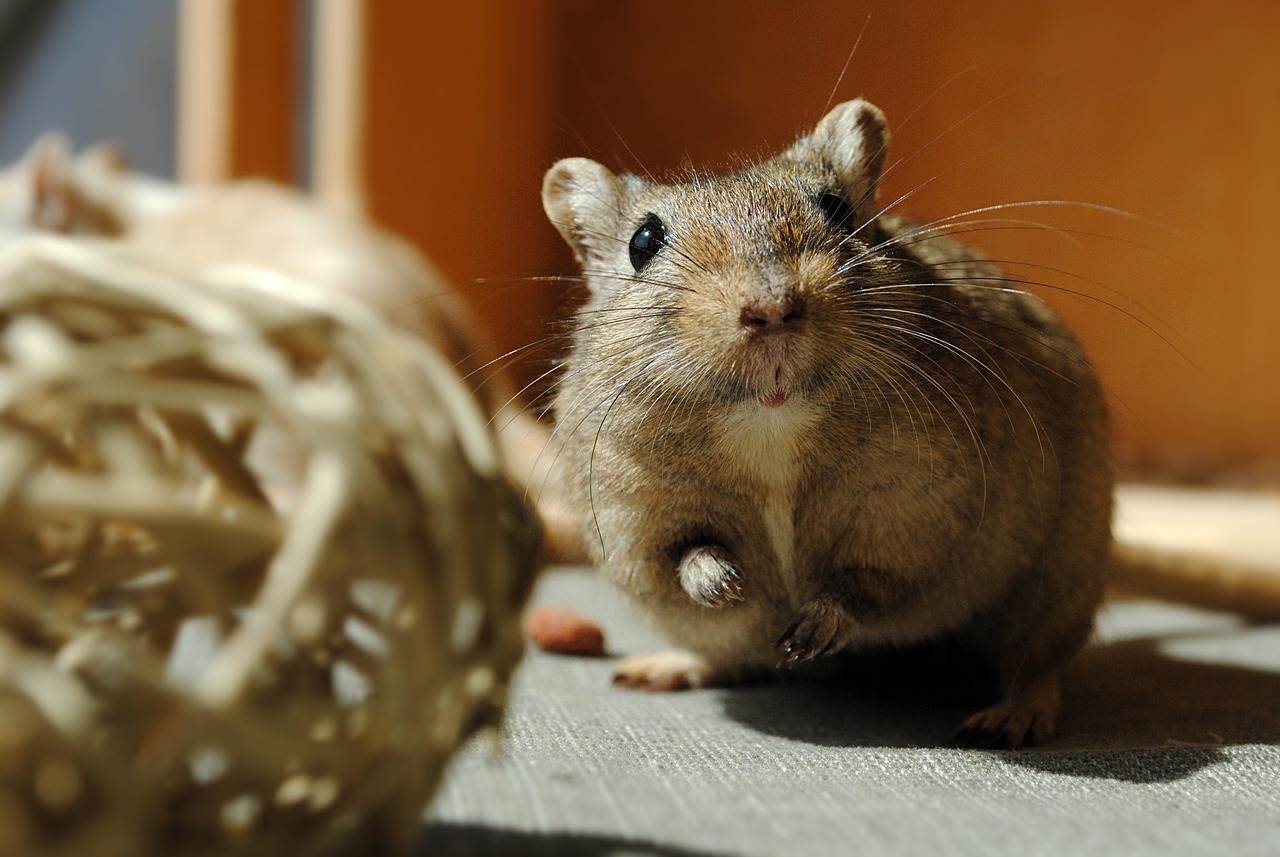

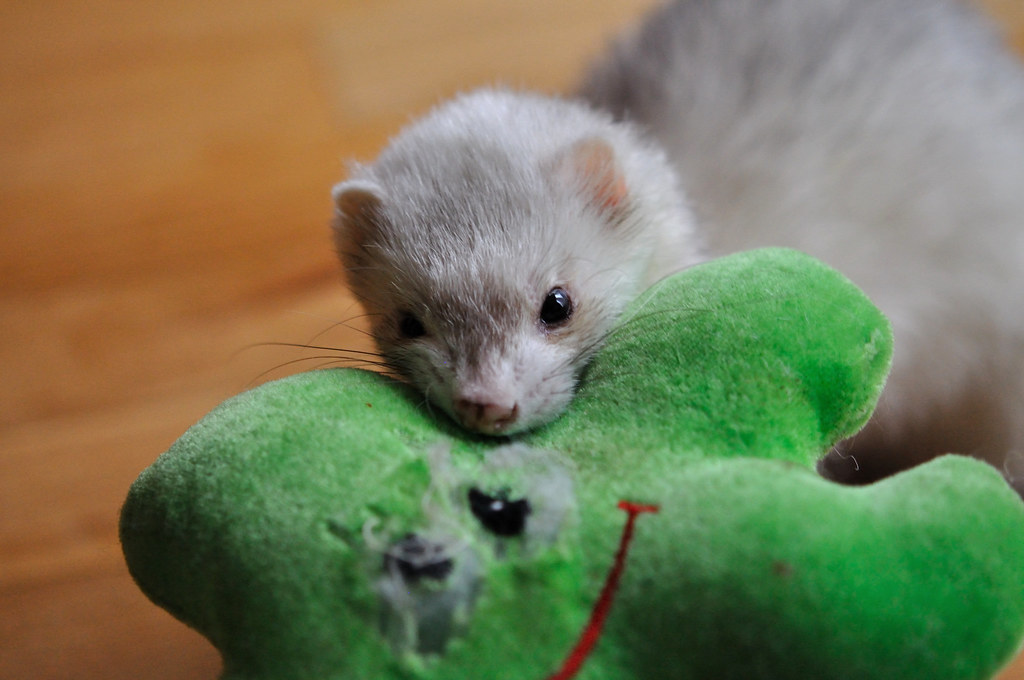
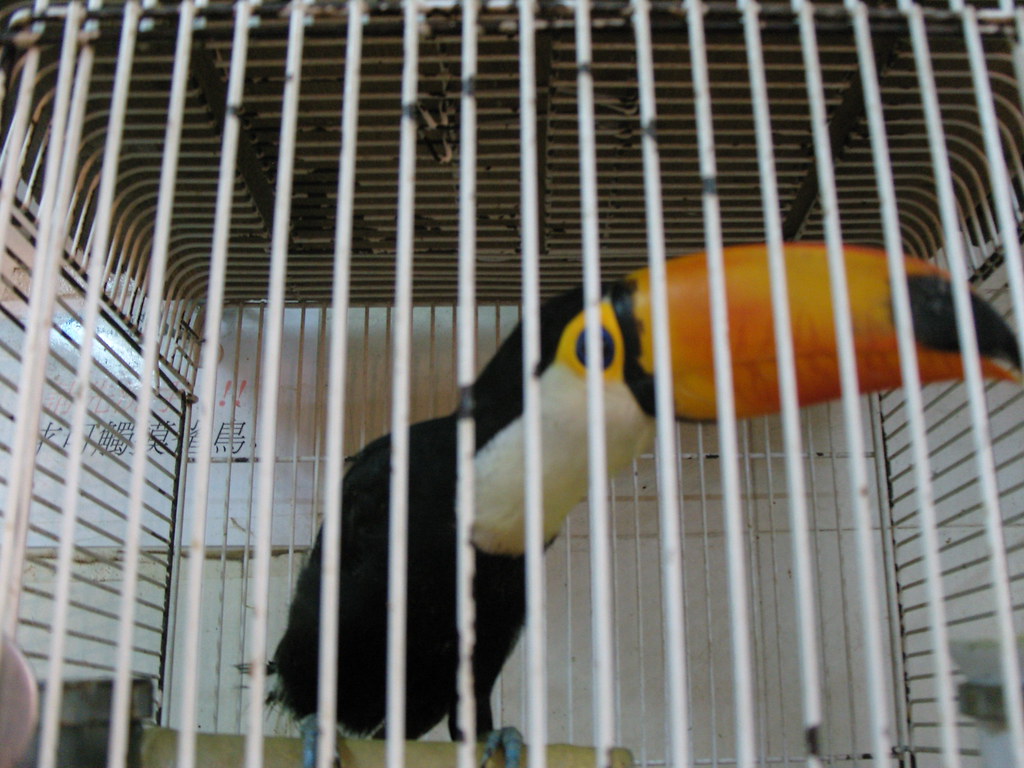

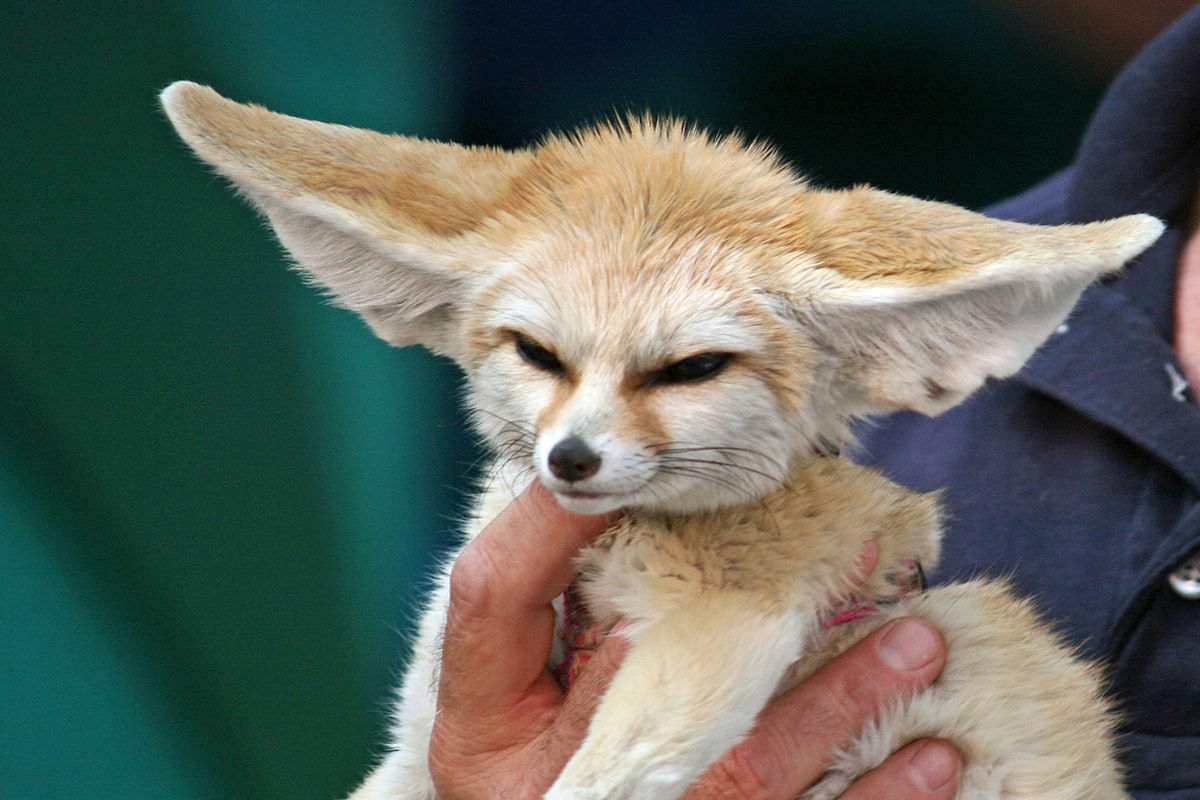
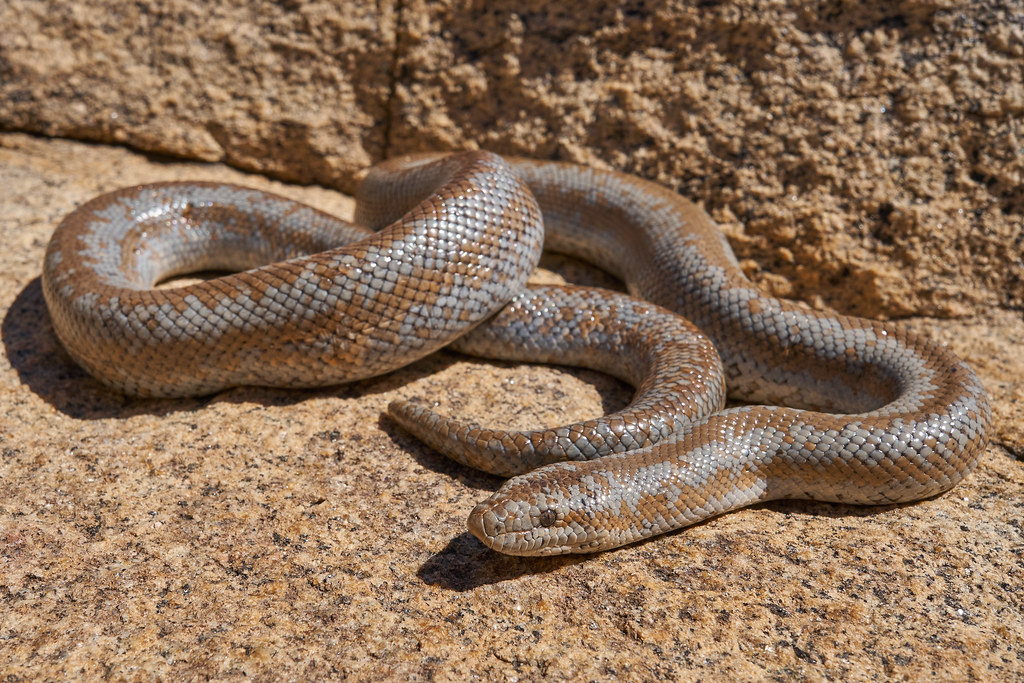
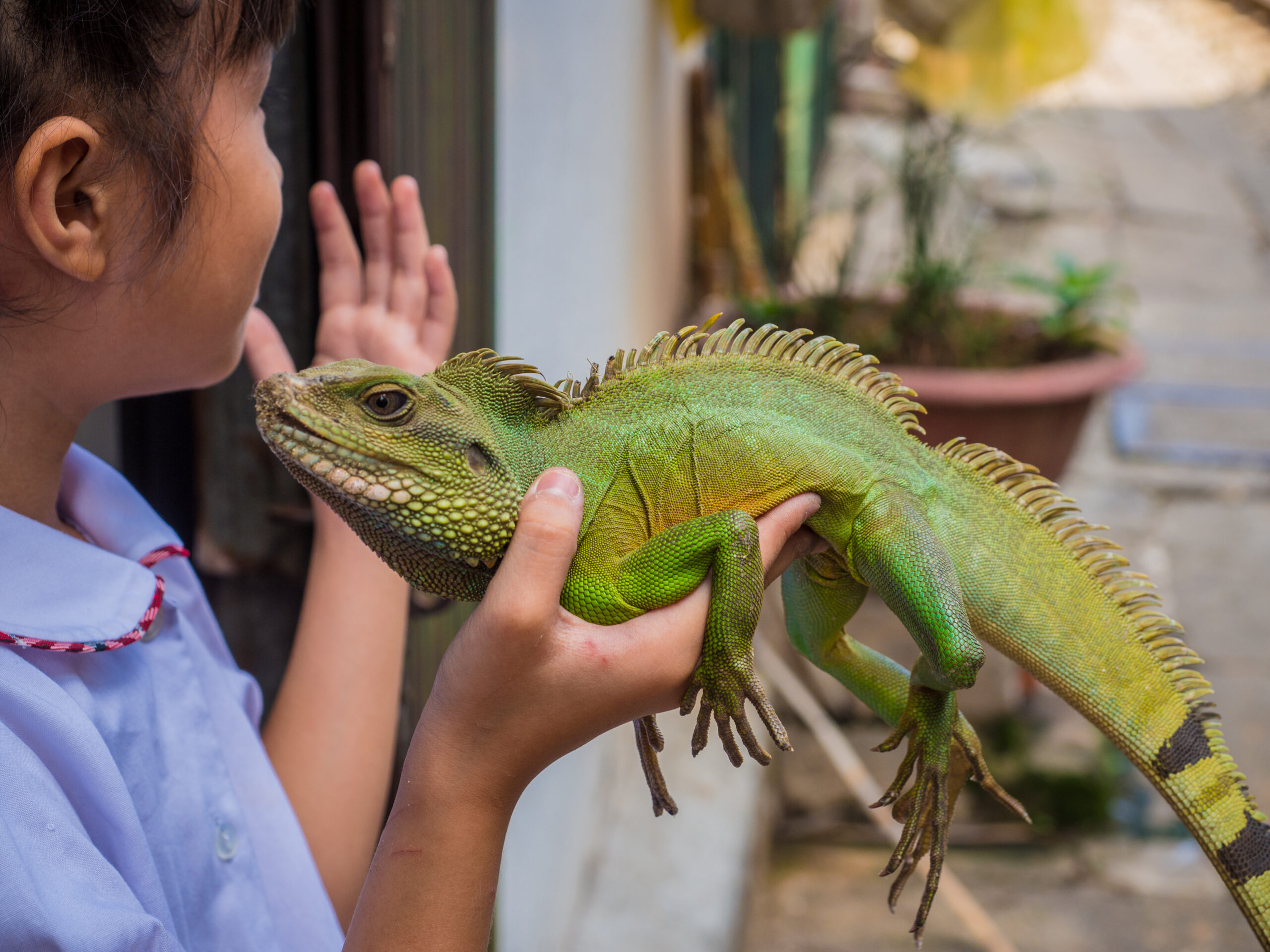

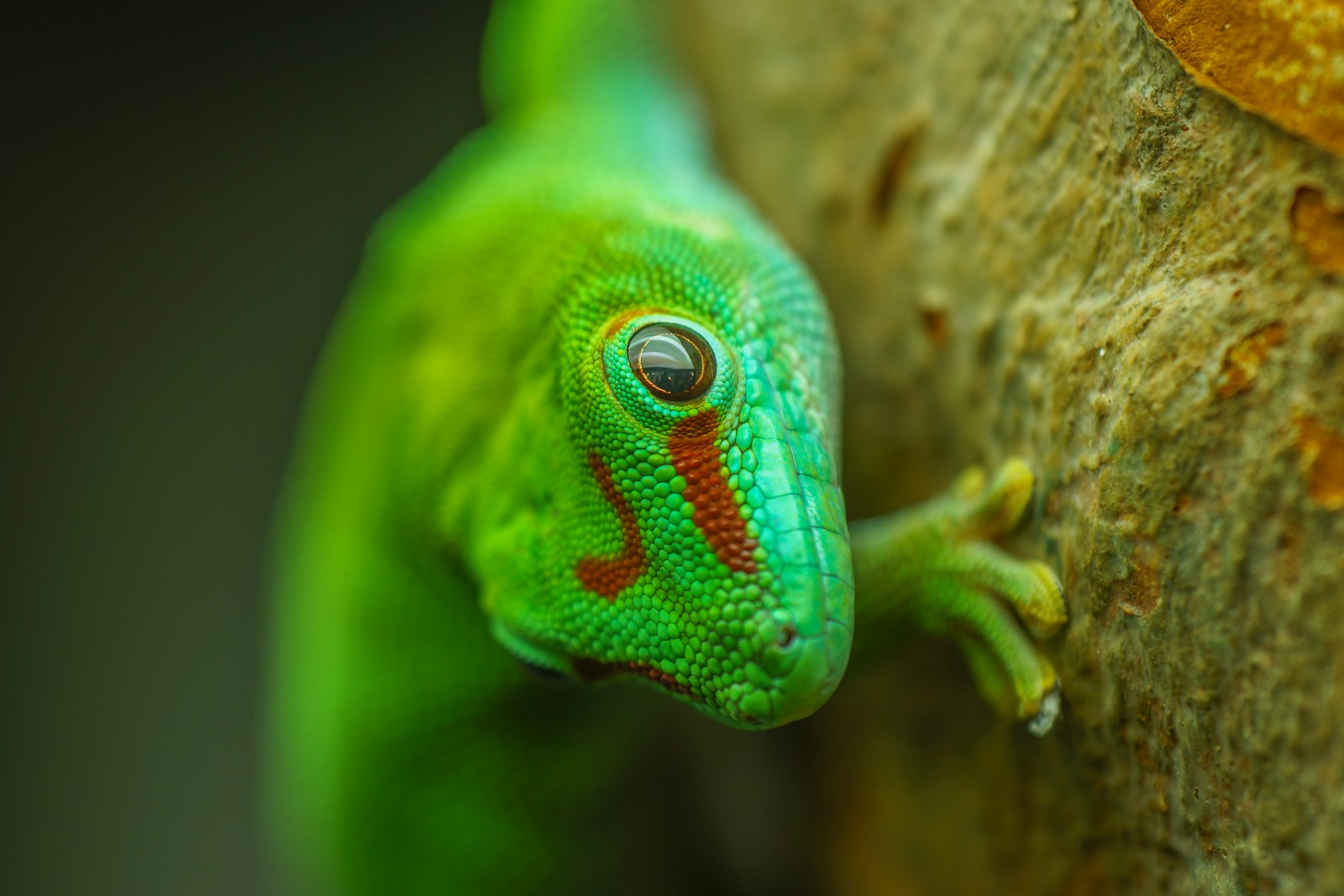
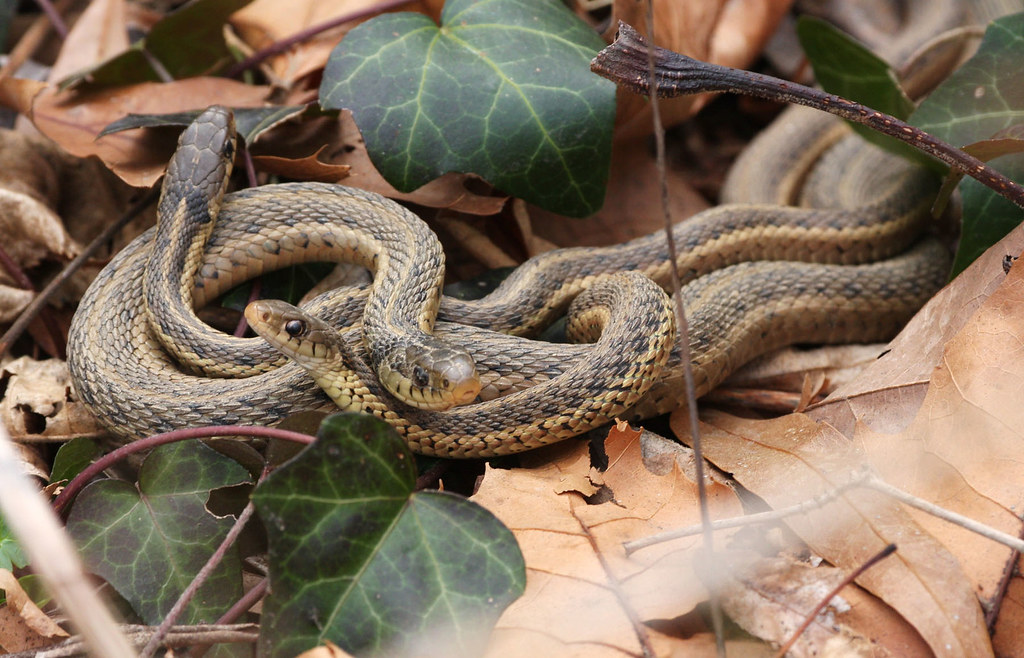




Leave a Reply